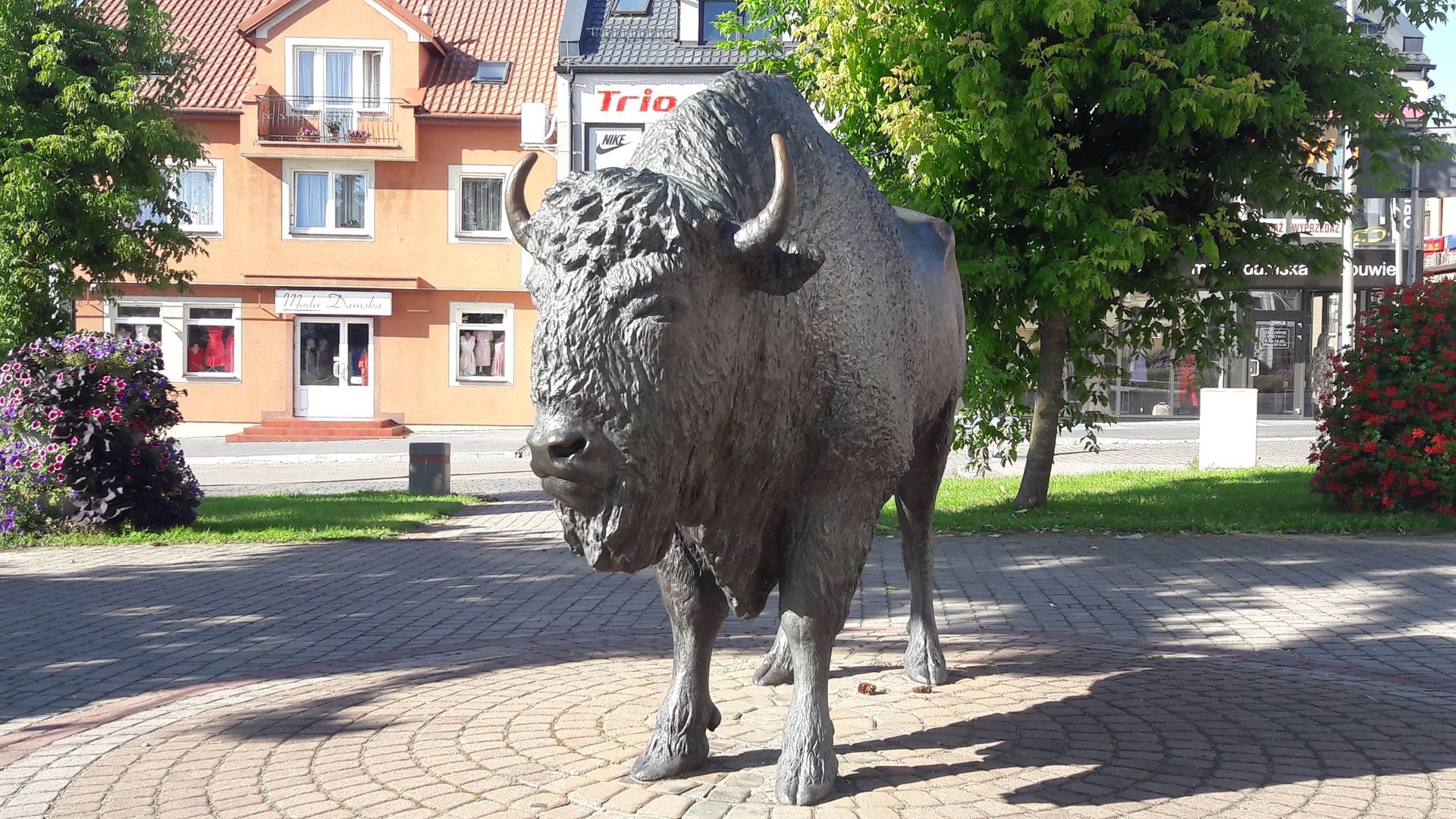Zambrów
6.78

Overview
Zambrów is a town in northeastern Poland, located in the Podlaskie Voivodeship on the Warsaw–Białystok route, with a rich history dating back to the 13th century. The first mentions of the town appeared in 1283, when the parish of the Holy Trinity was established. Initially owned by the Mazovian princes, Zambrów received town rights in 1430, and in 1538 King Sigismund the Old confirmed them, making it a royal town. In the 16th century, it flourished as a center of trade and crafts but suffered significant destruction during the Swedish invasion in the 17th century. In the 18th century, the town fell under Prussian rule, and from 1815 it became part of the Polish Kingdom under Russian partitions. In the 20th century, Zambrów went through the turbulent times of World War I and World War II, surviving German and Soviet occupation. After the war, the town began to rebuild, developing a cotton industry and military barracks, which contributed to its economic revival. Architecturally, Zambrów attracts attention with its historic parish church of the Holy Trinity, cemeteries, and a complex of military buildings that document its military history. Among cultural events, the town organizes the annual "Dni Zambrowa" (Zambrów Days), which combine sports and music. In addition to local artists, well-known performers have also appeared there in the past. The town also has unique commemorative coins – Ząbry and Dukaty Zambrowskie, which are an interesting element of local culture. Near the town lies the Grabówka Nature Reserve, home to various species of trees and plants. Another interesting fact is the tradition of the March of Light, which begins in Zambrów and commemorates John Paul II, gathering thousands of residents on the anniversary of his death. Today, Zambrów is an important commercial and administrative center with a wide range of job opportunities, actively participating in the development of the region while blending tradition with modernity.
Location
2025 Wizytor | All Rights Reserved